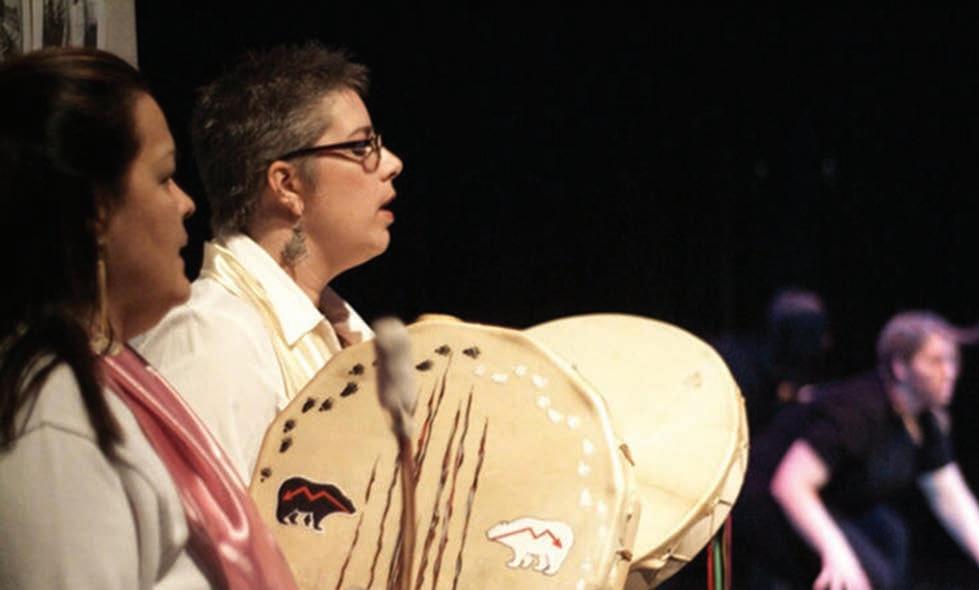
3 minute read
Editorial
RESPONSIBILITY, PURPOSE, AND VISION
PROMOTING INDIGENOUS EDUCATION
In an Indigenous perspective on teaching, we believe that people have a wealth of knowledge embedded within them. Our job as teachers and as traditional people is to enable them and actualize those gifts that they are already carrying. I remind students that I’m not telling them anything new, but rather reminding them of what they already know. I use the same words and language that my teachers did with me when I was at Trent over 40 years ago. And I remind students that this knowledge is cyclical. You can see the lights come on within the students when you talk to them like this. And when those lights come on, those students are transformed. They have a different perspective. They are connected. They have a sense of responsibility, a sense of purpose, and a sense of vision. And it helps them fulfill the gifts and purposes they have here on earth.
Dan Longboat ’70, director, Indigenous Environmental Studies
There have been an awful lot of lights turned on at Trent University.
In 1969, Trent became the first university in Canada, and only the second in North America, to establish an academic department dedicated to the study of Aboriginal peoples. Cofounded by Dr. Harvey McCue ’66 of the Georgina Island First Nations, and Trent’s first president, Professor Tom Symons, the Indian-Eskimo Studies Program (now known as Indigenous Studies) led the way for other programs in Canada.
The mission to empower First Nations groups to preserve and promote their cultures has led to Trent being a global leader in the field. Trent’s Indigenous education programs have expanded to include an an Indigenous B.Ed. program, an Indigenous Environmental Studies degree, a Ph.D. degree in Indigenous Studies, and the creation of Frost Centre for Canadian Studies & Indigenous Studies. Trent has long been home to a major annual Elders Gathering. We now house a vibrant First People’s House of Learning.
It is, however, a transitional time for Indigenous education. Much of the the recent dialogue on the issue has centred around the Truth and Reconciliation process—and the fallout of centuries of injustice and abuse of First Nations peoples in Canada’s residential school system. In fact, we published a piece by Prof. McCue on Truth and Reconciliation in the Winter 2016 edition of this magazine.
We are right to continue our push for healing in the Indigenous educational process, and there is also much to celebrate in our attempts to move forward. In this edition, Prof. Longboat discusses the current and future states of Aboriginal education. We also feature a story on Trent professor and Elder Shirley Williams’s philosophy on teaching Indigenous language and culture.
Writing this from my office, located on the traditional territory of the Mississauga Anishnaabe, I believe that it is Trent’s obligation to continue to be a leader in Indigenous education. I also believe that it is Canada’s obligation to promote this educational process in any ways that it possibly can. I can only hope that by using the pages of TRENT Magazine to help highlight the current and future states of First Nations education, alumni will continue to recognize the importance of Indigenous culture in shaping the future of both Canada and the world.
We still have a lot to do when it comes to both levelling the educational playing field and understanding the value of traditional knowledge. As a university community, I believe we are uniquely qualified to embrace and partake in this work.
We need to keep turning the lights on. And banishing the dark.
Donald Fraser ’91
donaldgfraser@trentu.ca
Don’t forget to follow us:
@TrentAlumni
@Trent_Alumni
Trent University Alumni Association page
The Official Trent University Alumni Association










